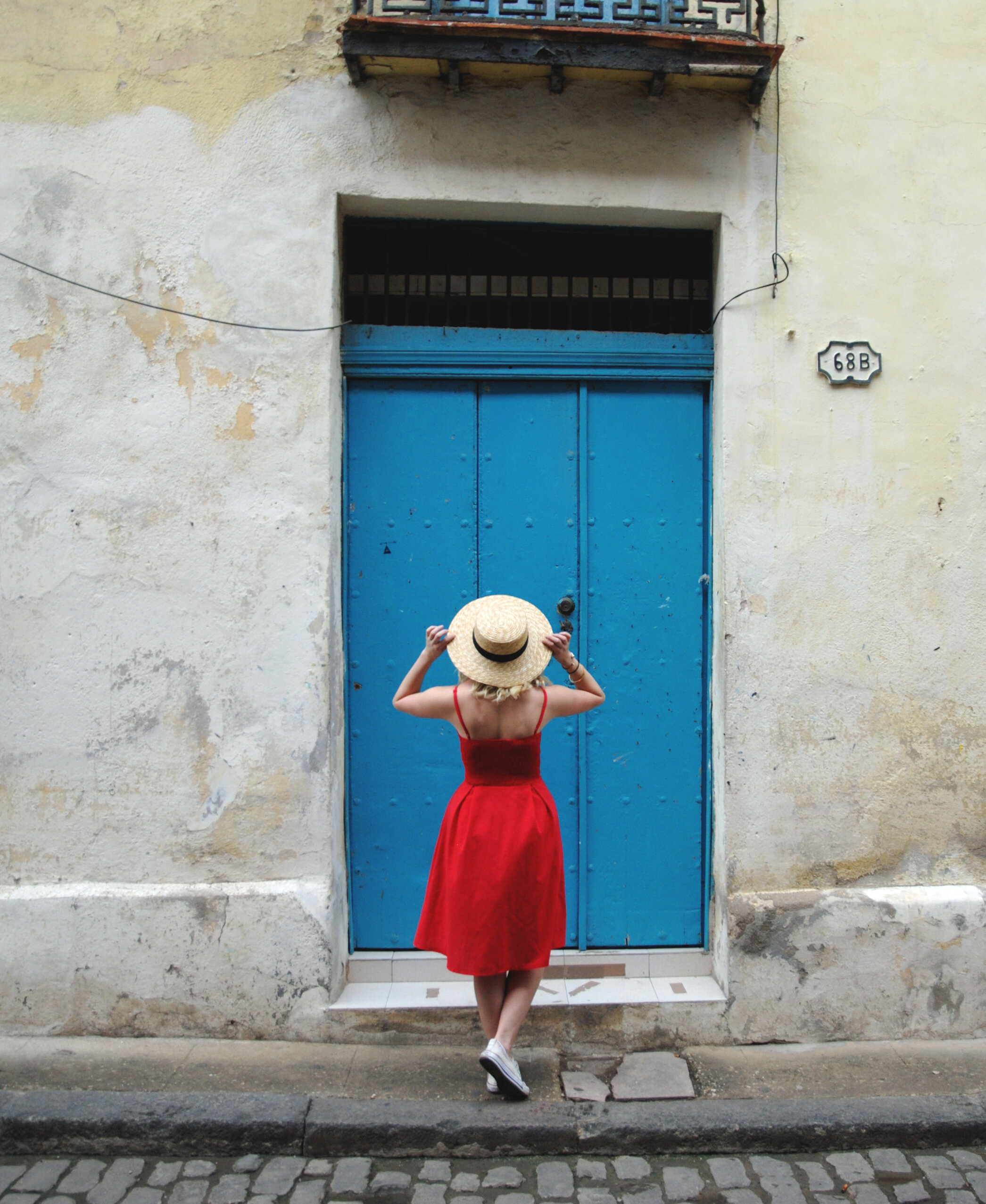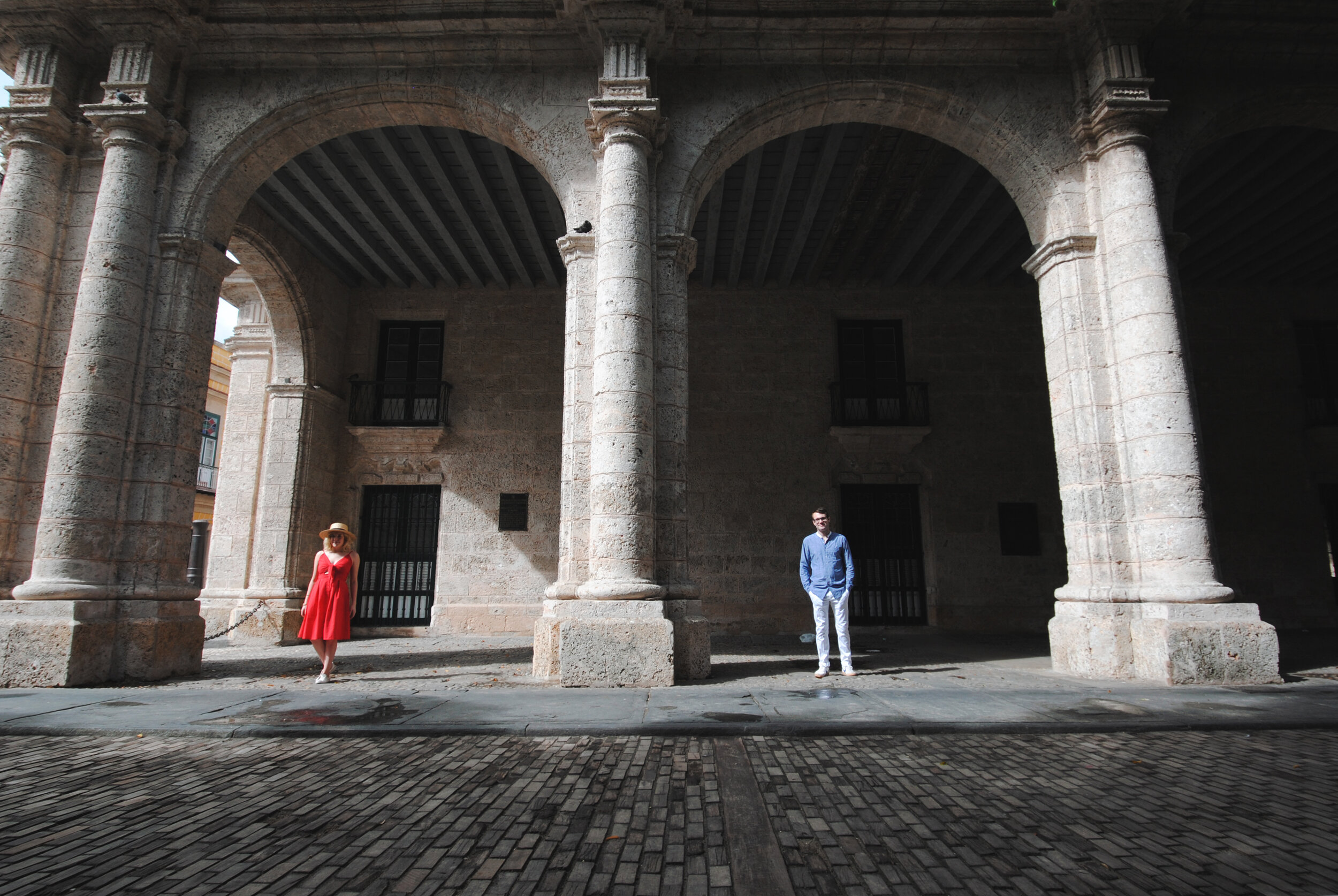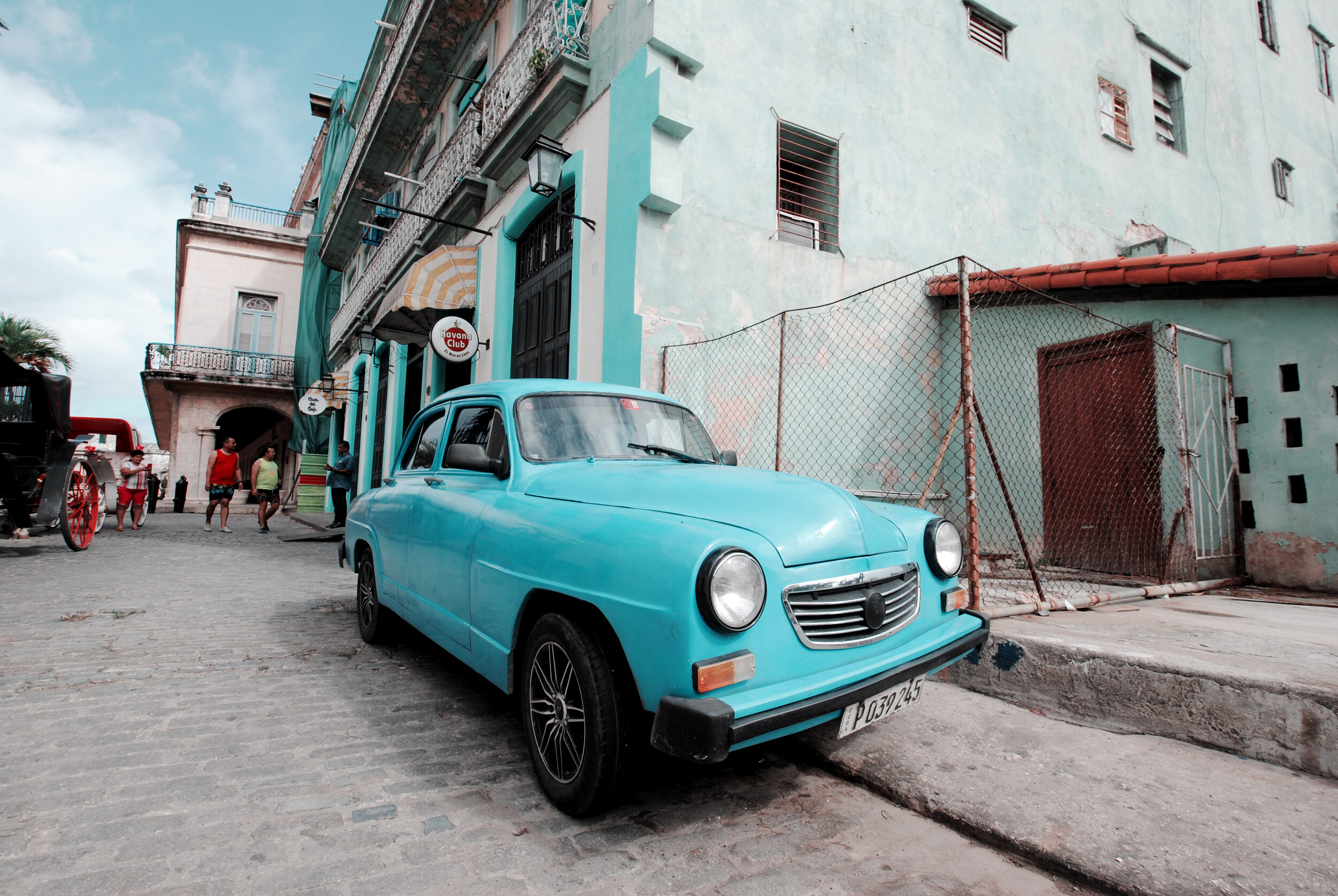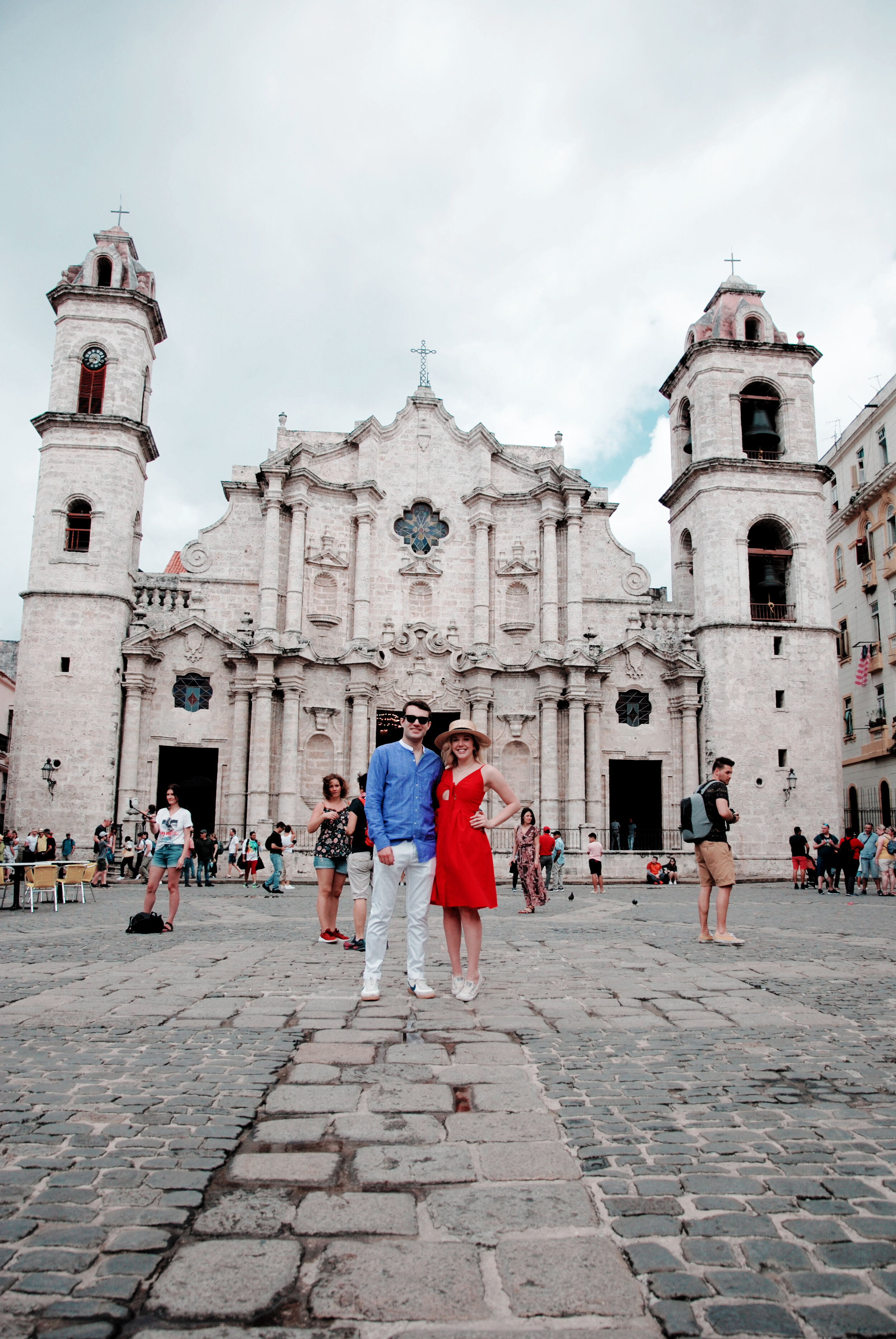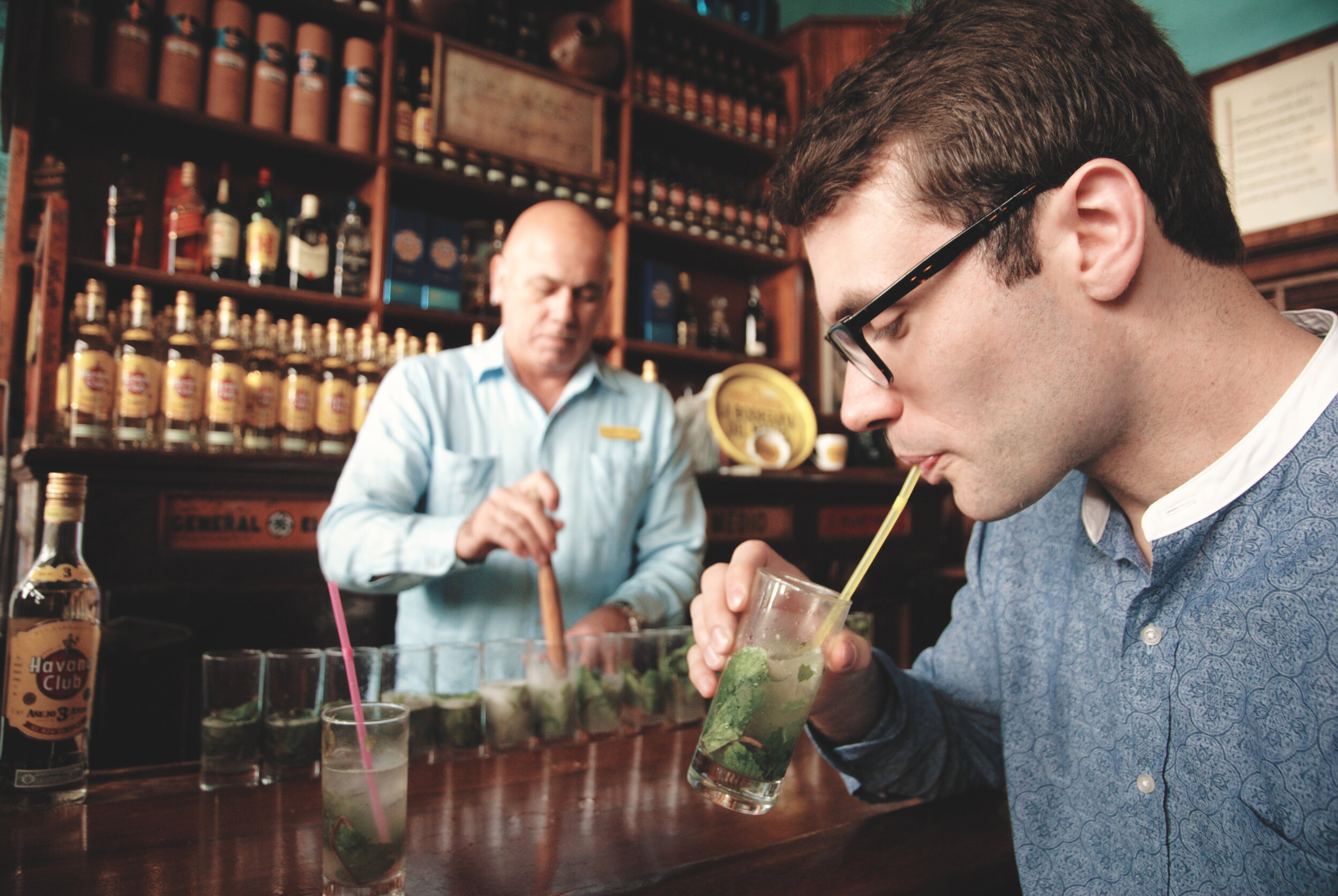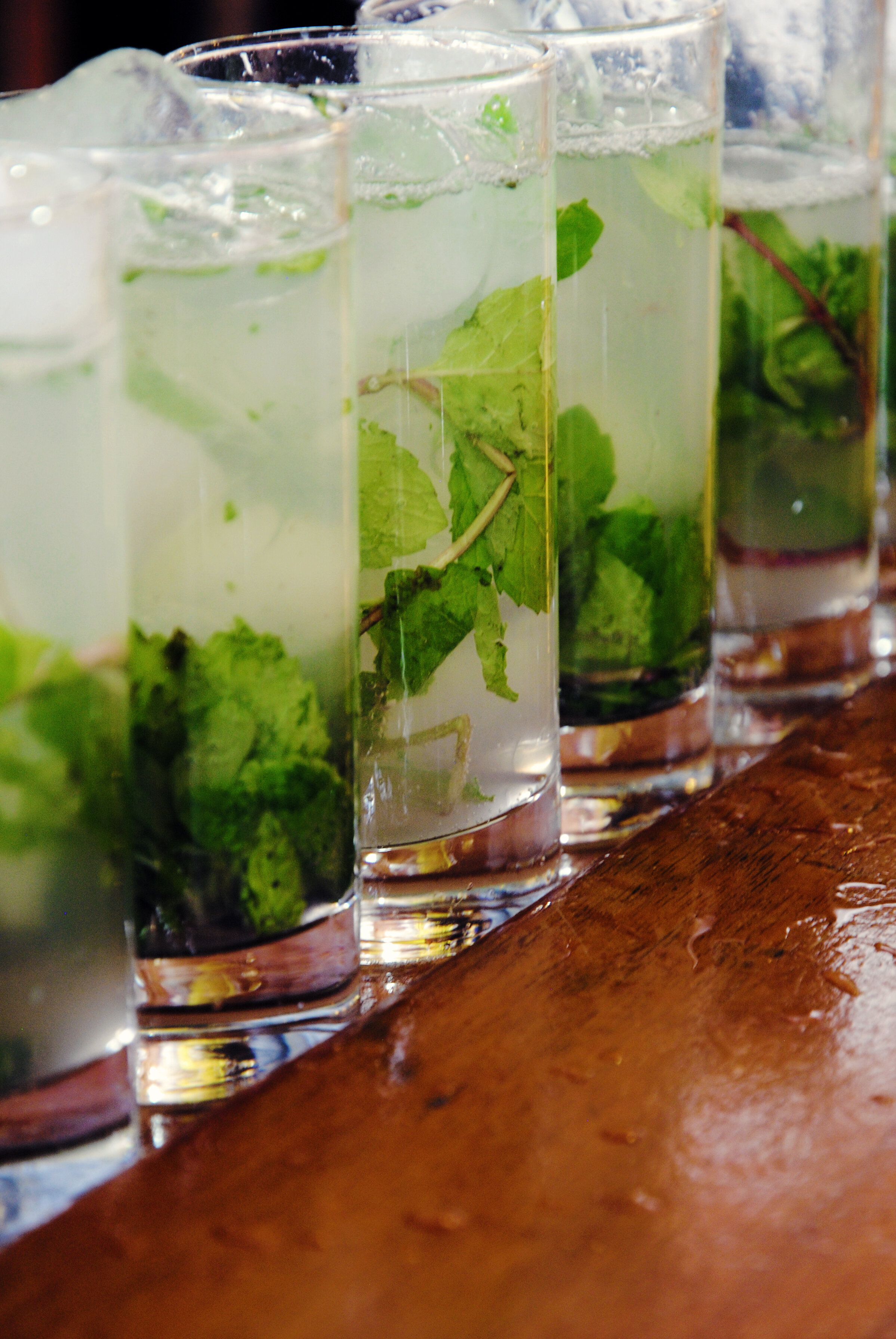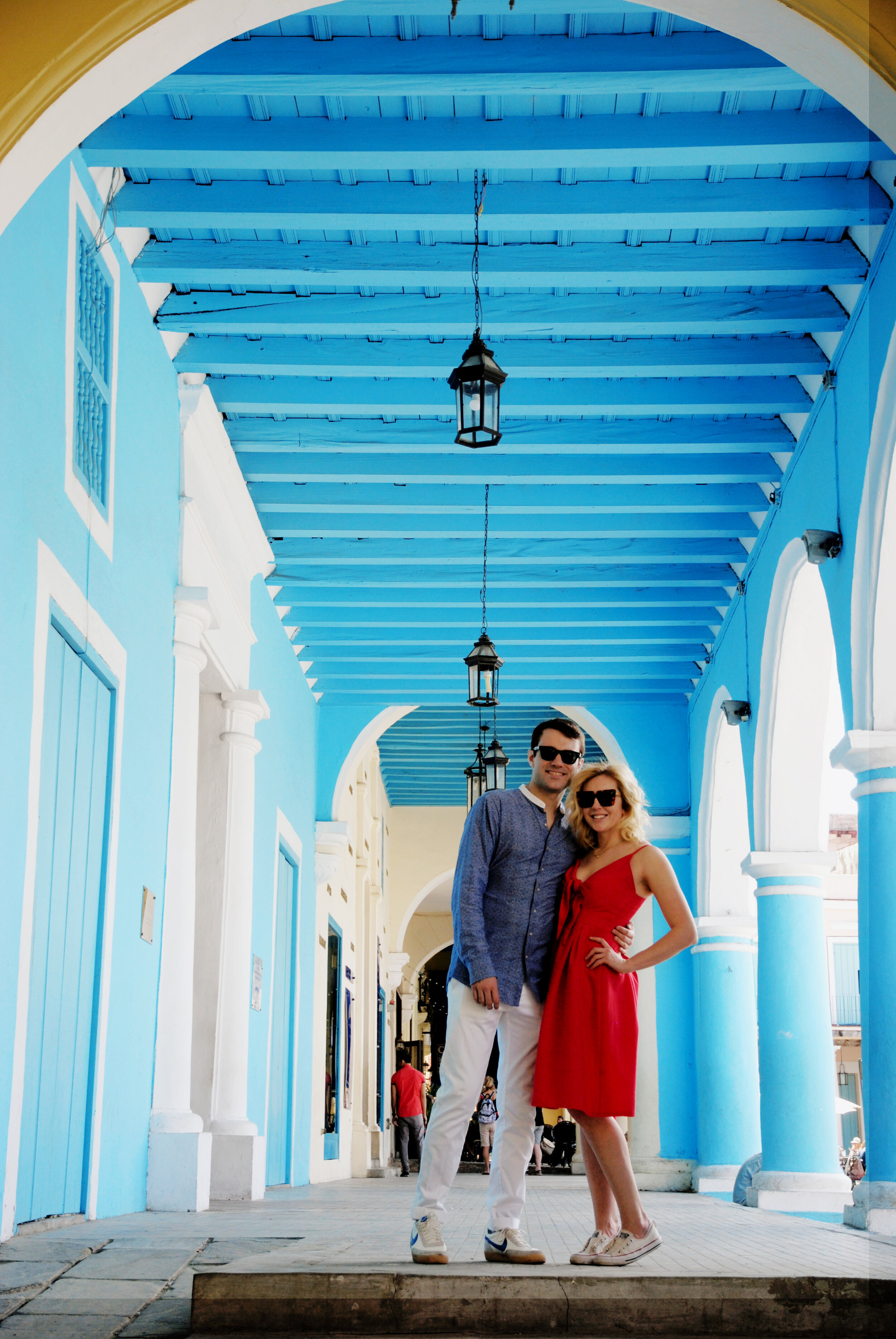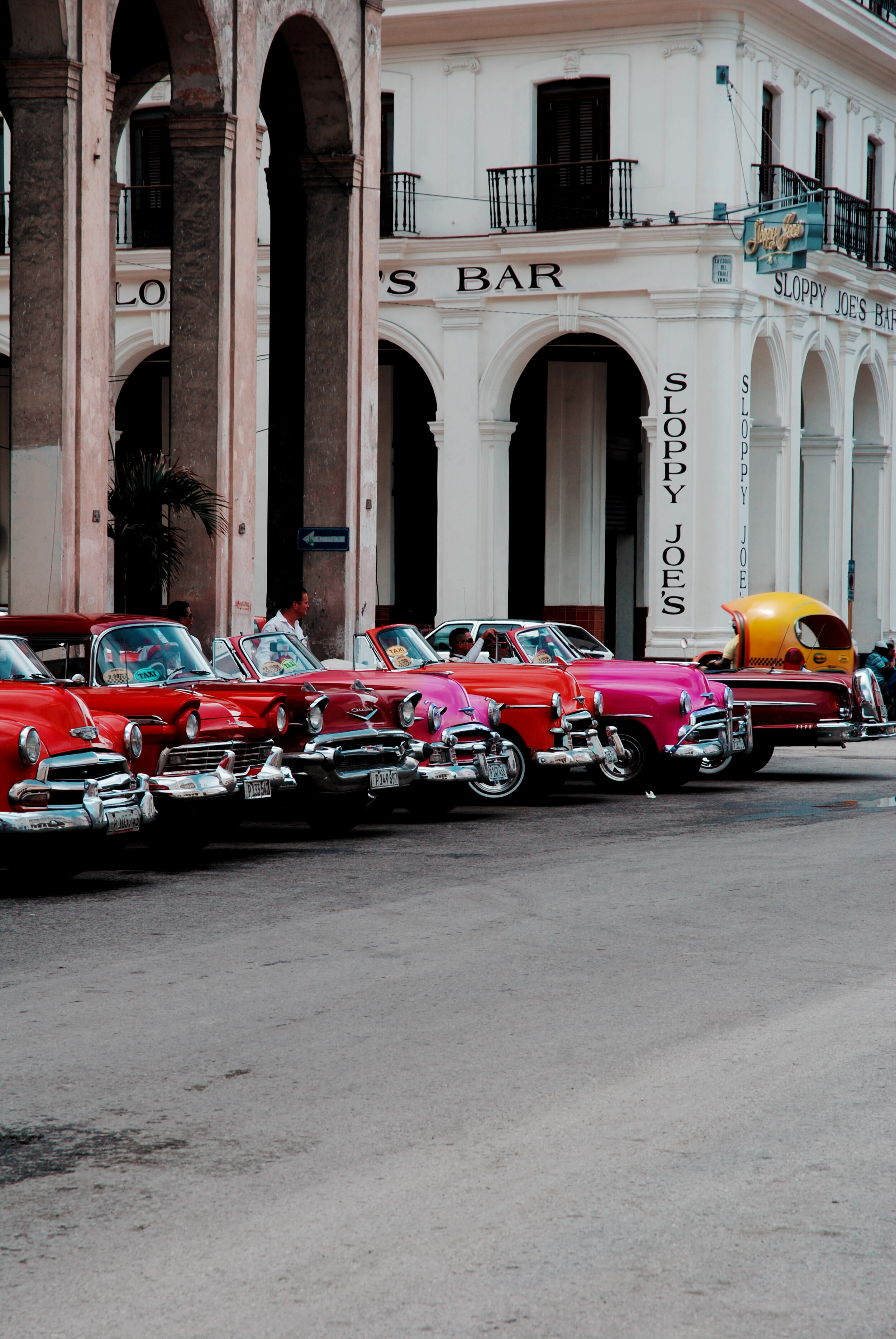Cuba: Part One
I have always wanted to go to Cuba, so the second I saw a flash sale from JetBlue, I jumped on the opportunity and dragged my boyfriend along (and I’m so glad I did, I almost went alone). Everything you could read is true, and yet there’s so much more to this country.
Cuba is visually stunning; the Spanish-Colonial style homes with the original marble staircases and tile floors, brightly painted concrete, and iron gate balconies. But its beauty hides a lot of corruption, corruption I had only read about, but stayed in denial of. Being there, hearing from many different people from different “classes,” it was eyeopening. It was an extremely interesting time to go right before a primary election.
I went for 5 days, and in those 5 days, I had an overload of information. We heard everyone’s stories; their histories, their troubles, their solutions, the information was mentally taxing. But for now, I’ll just give you the information on how to travel there.
My howto for Cuba, the shortlist:
Flights
To go right now as an American, we booked our trip with the visa “supporting the Cuban people,” which means supporting private and independent businesses, and nothing owned by the government, which is a tricky task. We stayed at an Airbnb and booked excursions through Airbnb, people doing tourism as their side hustle, aka their main source of income.
When booking your flight, you click on this option, then be prepared to bring $50 cash (JetBlue took credit) at the airport for your independent Visa. You have to keep this because on your return home they stamp this piece of paper and your passport. Also, just in case, bring your itinerary as proof of your support for the people. We didn’t get asked for it, but we heard others being asked for proof, mainly on where they’re staying.
Where to stay
A lot of places are on Airbnb, but only use superhosts, so you don’t show up to an empty building (we’ve heard about this.) But also, because no one there can use credit cards as forms of payment and there is a lack of internet, everyone has a friend/ family member outside of Cuba doing the transactions and communication. The person that you’ve been talking to online, is not the person you’ll be checking in with. However, we learned that a lot of Americans will buy Airbnb’s for super cheap ($10 a night), with no intention of staying there, and then book one of the luxury government-owned hotels in cash for their stay. Technically, still supporting a Cuban household, allowing that family to double book the room, and also getting to stay in modern luxury. This is illegal, but I guess if you’re not leaving a paper trail there’s no way to prove this….. I don’t recommend this because there’s no way of knowing if the hotels will be booked up or not, and you know, illegal.
CASH IS KING!
We brought $1000 total for our five days, $100 per person a day, and we had a little over $100 leftover (and that’s with me being pickpocketed - I’ll get more into that later). Our Airbnb host did the exchange for us, so we got to skip the lines at the airport. Once you get to Cuba, your cards are invalid. First of all, the US does not do transactions with Cuba, so your banks won’t even work, plus, no one has a credit card reader down there. However, if you run out of cash, you’re screwed. You’ll have to get someone to wire you money, and when I say “you,” it will have to be your Airbnb host. So bring extra in case of an emergency.
For food: off the beaten path is better, Paladars are best.
Paladars are families that open their homes to you and cook a meal for you. It will look like a hole in the wall restaurant, like a sub shop with no counter, and you’ll be eating there and you can see a whole family in the back watching TV. The government isn’t getting a cut of this, so you’re truly supporting the Cuban people with this, plus, the food is better. A restaurant will charge you an average $15 a person (with alcohol) for a meal, give or take, but a Paladar will charge you an average $5 a person (with alcohol). Also, the street carts have the best desserts (We literally chased after a man with “Pie de Coco,” coconut pie/cake.) For cocktails though, you’ll have to go to a bar.
Brush up on your Spanish!
I thought my Spanish was passable as a tourist, assuming there’d be a mix of English speakers, which there was, but oh boy it was challenging. There was no, “I recognize you’re trying to speak my language, I’m going to speak in English for you now.” it was “Wow, your Spanish sucks, I’m going to let you keep fumbling because your bad Spanish is better than my bad English.” Luckily my boyfriend’s Spanish was much better, the guy also studied in Spain. We had an emergency moment (my dress ripped) and we had to get into a pedicab right away, It turns out the only directional word I know is “Derecha” meaning “Right.”
With all the good and the bad I had on this trip, Cuba was a blast. The weather was perfect, the streets were very clean and also safe to walk around. There are no drugs, no guns, no gangs, so you can walk around the streets late at night with a sense of ease. (But just because there’s no organized crime, doesn’t mean there’s 0 crime, so always keep your guard up).

